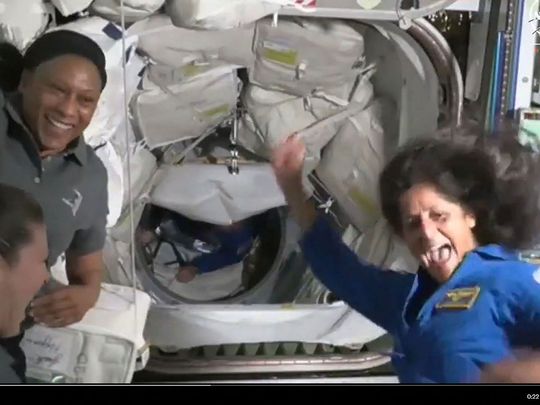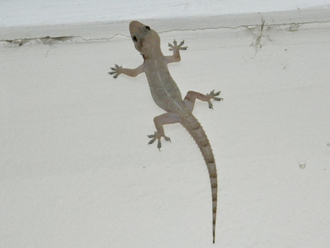
This week, Boeing will attempt to bring its Starliner capsule back from the International Space Station (ISS) — a mission once filled with promise but now burdened by doubt and technical failures. What was meant to be a showcase of Boeing’s prowess has instead become a stark reminder of the perils and unpredictability of space exploration.
The plan was simple: dock with the ISS, conduct some tests, and bring Nasa astronauts Butch Wilmore and Suni Williams back to Earth. But nothing about Starliner’s journey has been straightforward. After numerous delays, thruster malfunctions, and helium leaks, Nasa made a critical call — the astronauts would stay behind, leaving Starliner to make the trip home alone.
It’s a decision that speaks volumes about the state of Boeing’s space programme. Once a giant in the aerospace industry, Boeing now finds itself in the unenviable position of playing catch-up to its younger, bolder competitor, SpaceX. While SpaceX has been racking up successes and headlines, Boeing has been mired in one issue after another, its reputation for reliability increasingly tarnished.
Can Boeing still deliver on its promises?
The return of an empty Starliner capsule isn’t just a logistical matter; it’s a symbol of Boeing’s struggles. NASA’s Steve Stich may try to put a positive spin on it, noting, “It’s been a journey to get here, and we’re excited to have Starliner return.” But beneath that excitement is a lingering question: Can Boeing still deliver on its promises?
Wilmore and Williams, the two astronauts now left to wait for a SpaceX Dragon capsule to ferry them back home, are emblematic of this uneasy partnership. Originally set to return on Starliner, they’ve been absorbed into the ISS crew, adjusting to an extended stay that no one had planned for. Their blue Boeing spacesuits will come back on Starliner, a poignant reminder of the mission that didn’t go as planned.
Boeing’s woes with Starliner date back to its disastrous first test flight in 2019, where software errors kept the capsule from even reaching the ISS. The mission had to be repeated three years later, only to encounter further problems. This year, as the capsule finally made its way to the ISS, it was plagued by thruster failures and helium leaks. It’s little wonder Nasa opted for caution, refusing to let the astronauts risk a potentially dangerous return journey.
Now, Starliner will make a hasty, stripped-down departure from the ISS, its journey back to Earth a far cry from the triumphant return Boeing once envisioned. The original plan — an hour of lingering near the station, capturing images — has been reduced to a mere 20 minutes to minimise stress on the already compromised thrusters.
As Starliner prepares to re-enter the atmosphere, one can’t help but feel a sense of what could have been. Once a leader in space exploration, Boeing now finds itself in a critical moment of introspection. Will this mission mark a turning point?
The space race is unforgiving. The empty Starliner capsule may return safely, but the question remains: will Boeing’s moment in the sun return?
Rachel Williams is a researcher and columnist exploring the intersection of politics and innovation









